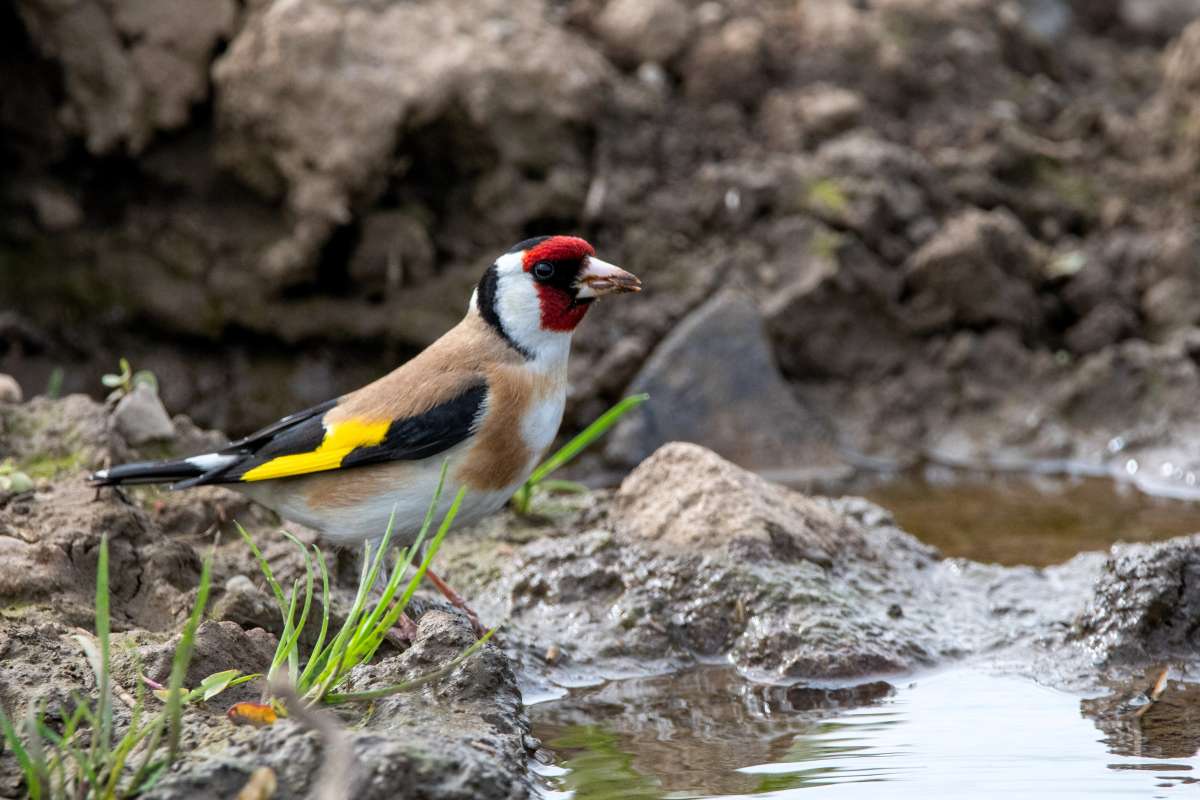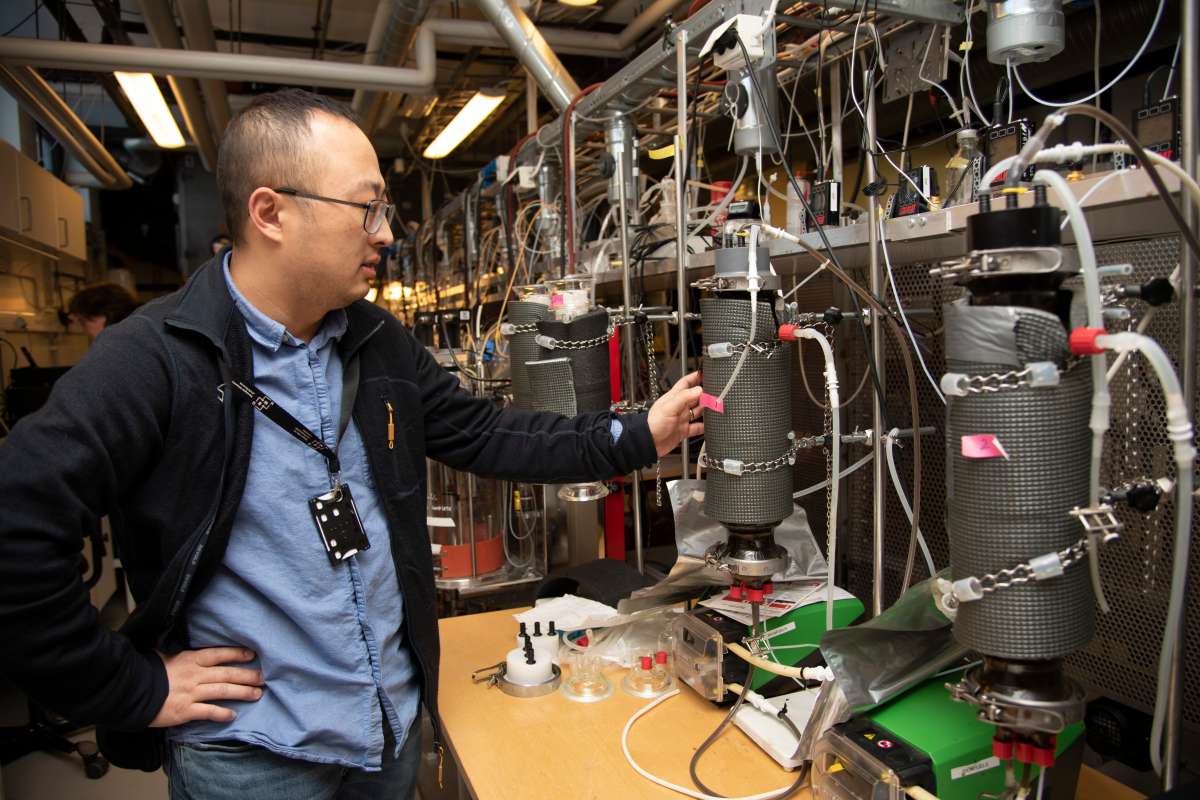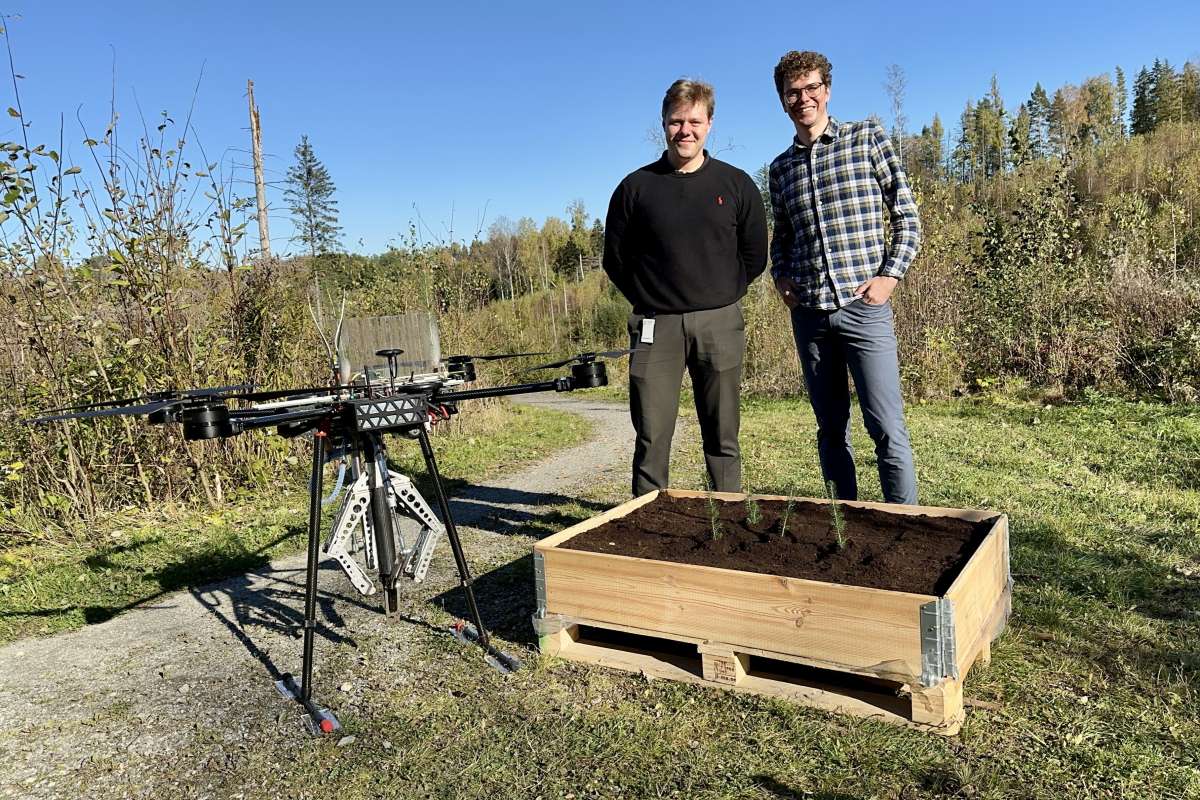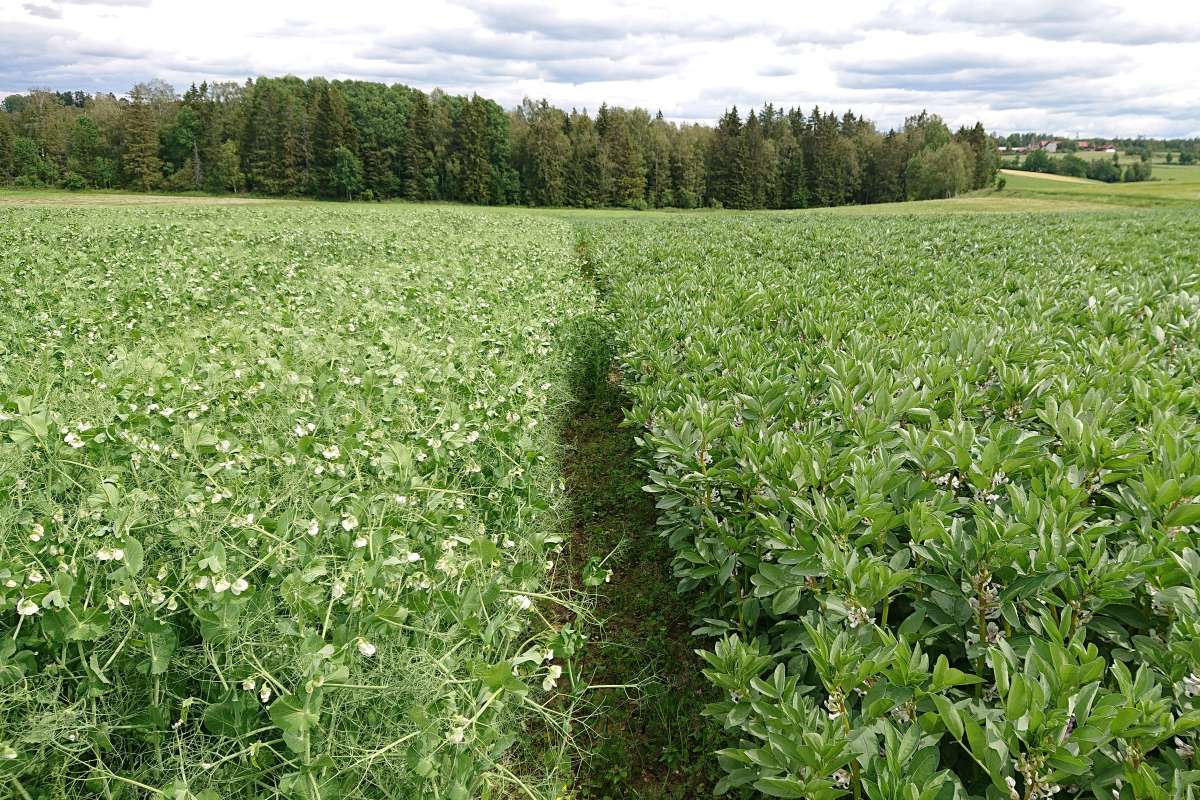Building Norway’s plant phenotyping infrastructure
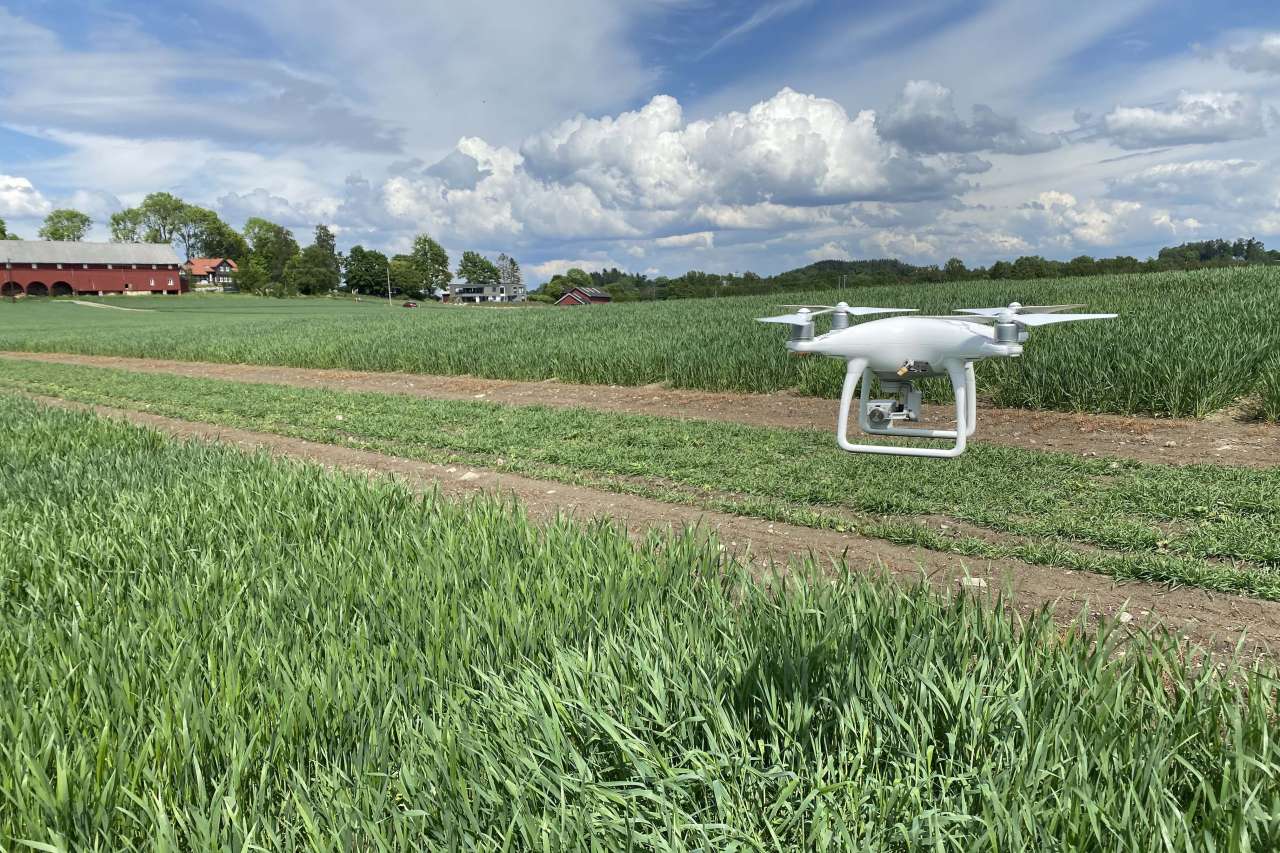
Advanced field plots are equipped with sensors, drones, and imaging systems at Apelsvoll, NIBIO. Photo: NIBIO
To understand how plants grow and adapt to their environment, scientists need detailed knowledge of plant traits. Through the PheNo project, Norwegian universities and research institutes are joining forces to develop cutting-edge facilities for studying plants in controlled environments, in the field, and at the seed level. This national infrastructure will support research, education, and industry in Norway.
Phenotyping is the study of what plants look like and how they behave. Just like how people vary in height or eye colour, plants show differences in traits like height, leaf size, fruit yield, or resistance to drought and diseases. These traits are called phenotypes.
Scientists study phenotypes to see how plants respond to their environment. They might measure traits by hand, but often use modern tools like cameras, sensors, and drones. Computers then help analyse the data to find patterns.
Understanding phenotypes helps improve crops, make farming more resilient, and support plant adaptation to climate change.
In the PheNo project, Norwegian universities and research institutes are collaborating to build a national infrastructure for plant phenotyping. This will include unique, state-of-the-art facilities.
The aim is to help speed up the development of new climate adapted plant varieties to support more sustainable farming by using new technology in genetics, basic plant biological research, robotics, and data analysis.
The consortium consists of the Norwegian University of Life Sciences (NMBU), University of Oslo (UiO), The Arctic University of Norway (UiT), Norwegian Institute of Bioeconomy Research (NIBIO), and the Norwegian University of Science and Technology (NTNU).

Sharing facilities across Europe
In Europe, national plant phenotyping platforms are already well established in many countries.
"PheNo will become the Norwegian node in the ESFRI roadmap project EMPHASIS – a European research infrastructure for plant phenotyping and modelling to support food security in a changing climate. It will offer phenotyping opportunities under the unique growing conditions of the Nordic region," says Morten Lillemo, project leader and professor at NMBU.
EMPHASIS is a collaboration between multiple European countries, aiming to share best practices in phenotyping, develop common data standards, and build a connected infrastructure. By becoming a member, Norwegian scientists will gain access to specialised phenotyping facilities across Europe—resources that would be too expensive or impractical for a small country like Norway to develop alone.
“Participation in EMPHASIS will allow the Norwegian plant research community to tailor its efforts to national needs, while also benefiting from shared European resources. These include advanced technologies such as robotic systems for root development studies and other platforms already in use in larger countries,” explains Lillemo.

Innovative technology
“We’ve worked for a long time to secure funding for this infrastructure,” says Odd Arne Rognli, professor at NMBU.
“The core idea comes from genetics: to better understand and describe the connection between genetic variation (genotype) and the observable traits of plants (phenotype)—such as yield, nutritional content, and resistance to disease. This knowledge is essential for improving food production,” he highlights.
According to Rognli, new methods like drone-based imaging allow researchers to describe phenotypes more precisely and link them to genetic information.
“This helps us develop better genotypes for plant breeding. It also makes the process more efficient. Instead of relying heavily on manual labour to measure things like yield or disease symptoms, we can use advanced methods.”
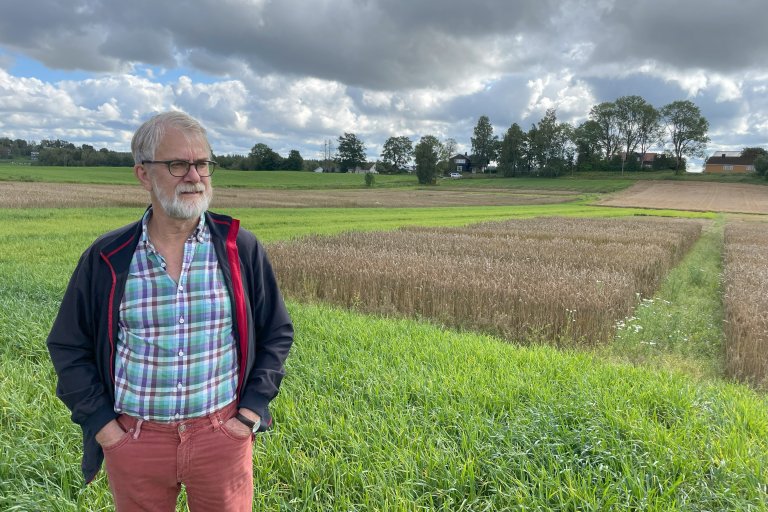
Crucial infrastructure
A key strength of the infrastructure is that it supports the full range of phenotyping—from field measurements and outdoor experiments to indoor studies where researchers can control growing conditions, such as light and temperature, to study plant development under controlled conditions.
“This infrastructure is crucial for both plant science and agriculture in Norway. It demonstrates that we have the scientific quality and the need for advanced facilities, and it helps build a recognised presence internationally in the field of plant research and crop science,” comments Rognli.
Field phenotyping is particularly relevant in Norway due to the country’s diverse climate and geography.
The Nordic climate also allows researchers to explore what future growing conditions might look like under climate change.
“For example, more frequent droughts or longer periods of heavy rain. By using infrastructure like polytunnels—essentially large greenhouses that can cover entire field plots—researchers can simulate drought by stopping rain from reaching the soil, allowing for controlled field trials to evaluate plant resilience,” Rognli adds.

Different geographical locations
Each partner in the consortium will build infrastructure and competences focusing on different aspects of plant phenotyping.
NIBIO plays a central role, with a network of field stations across the country that can support phenotyping under a range of environmental conditions.
“Our role in PheNO is to bring phenotyping out into the fields, greenhouses, and growth chambers, capturing how plants grow, adapt, and respond under real Norwegian conditions, says Hafeez Ur Rehman, researcher at NIBIO.
“Across our research stations at Apelsvoll, Tromsø, and Særheim, we are building cutting-edge field and indoor phenotyping infrastructure that covers Norway’s full agricultural spectrum, from Arctic daylight extremes in the north, to the temperate, high-yield farming systems in the south,” he explains.
He explains that NIBIO’s focus is on creating the physical platforms where the science happens.
“This means advanced field plots equipped with sensors, drones, and imaging systems at Apelsvoll, Arctic crop testing in Tromsø, and specialized crop and forage trials at Særheim. Together, they will form a national phenotyping backbone.”
With these facilities, NIBIO will not only strengthen its own research capacity but also open doors for breeders, farmers, and scientists across Norway to test new crop varieties, measure yield and quality, and understand how plants perform under changing climates. On a European scale, this infrastructure connects Norway directly to international phenotyping networks, ensuring that data, expertise, and innovations flow both ways.
“By being part of PheNo, we’re building more than just infrastructure,” says Rehman. “We’re building Norway’s capacity to lead in sustainable agriculture, linking local fields to global science.”
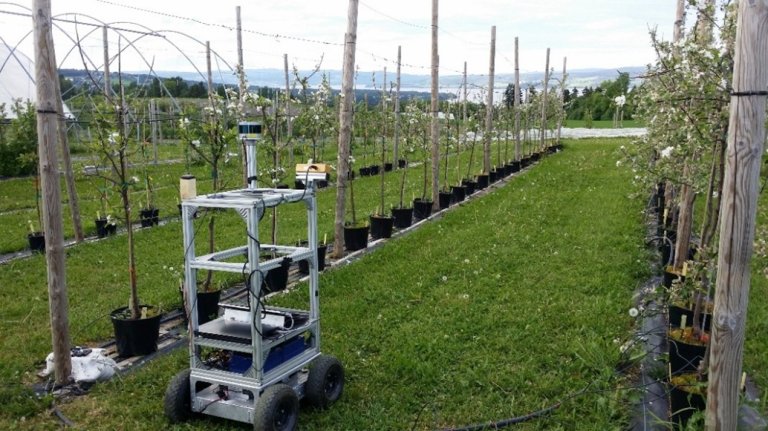
Different expertise
“At NMBU, the focus is on field phenotyping and seeds, with some indoor facilities targeting crop plants. At the University of Oslo, researchers focus on model plants for functional and controlled-environment phenotyping. In Tromsø, there is work on simulating Arctic light conditions using the Phytotron, a controlled growth facility, which allows precise control of conditions such as daylight and humidity,” explains Sara Laranjeira, administrative coordinator of PheNo and senior adviser at NMBU.
Field phenotyping is also supported by NIBIO’s network of field sites, combined with greenhouse sensors and specialised equipment at places like NIBIO Apelsvoll.
At NTNU in Gjøvik, the focus is on IoT (Internet of Things) sensors, deep learning, and AI-based data analysis—all of which are key to processing and interpreting the large amounts of trait analysis data.
“Our focus is on the data side of phenotyping,” says Faouzi Alaya Cheikh, professor at the Norwegian University of Science and Technology (NTNU) in Gjøvik.
NTNU brings vital expertise in multispectral imaging, digitalisation, and automation, he explains.
“We develop automated methods to extract meaningful biological data from raw images. Using multispectral imaging, we can distinguish crop species and monitor growth and physiological changes over time.”
.jpg)
Basic science and long-term research
According to Lillemo, the core message of this initiative is that it enables research to help agriculture adapt to future climate conditions, enhance sustainability, and strengthen Norway’s food self-sufficiency.
“This is not only a response to climate change, but also to a more unpredictable political landscape—underlining the need to increase food production using national resources under shifting circumstances,” he says.
He explains that basic science is crucial for society, especially in uncertain political times where decision-makers often seek quick fixes.

Cross-disciplinary collaboration
Lillemo also emphasises that this kind of research is becoming increasingly technological, involving advanced sensors, robotics, and data analysis tools.
“Being just an agronomist or plant scientist is no longer enough. Collaboration across disciplines is essential bringing together data scientists, engineers, biologists, and others. This cross-disciplinary work challenges our assumptions. Sometimes it’s the so-called ‘stupid questions’ from outside our field that force us to rethink what we thought we knew,” he says.
But such collaboration takes time.
“It can take years to truly understand each other across disciplines, build shared language, and develop mutual trust. Yet, we are stronger when we work together.”
Modern agriculture—especially in greenhouses and precision farming—requires more than traditional knowledge. It demands smart use of local data, integration of various data sources, and an understanding of how different crops behave in shifting growing conditions.
“The conditions we face today are not the same as in the past, and new crops may react differently. We need to adapt, stay flexible, and use data to guide decisions,” project leader Lillemo concludes.
Contacts

Hafeez Ur Rehman
Research Scientist
-
Division of Food Production and Society
(+47) 973 41 884 hafeez.rehman@nibio.no Office Location: Apelsvoll


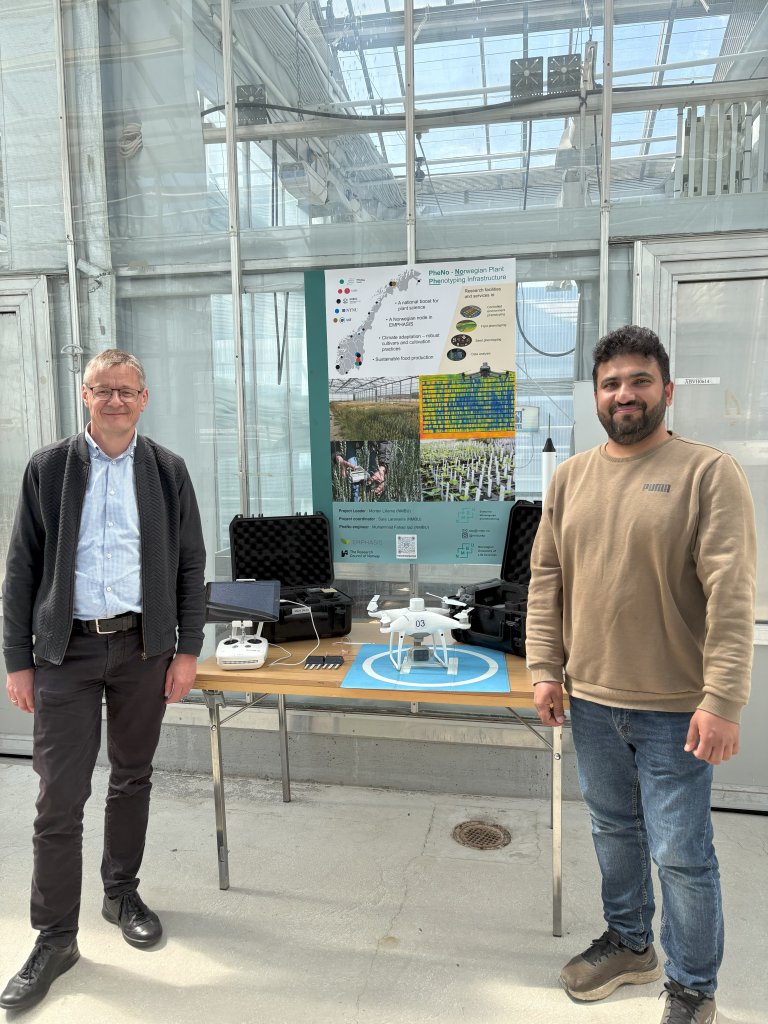
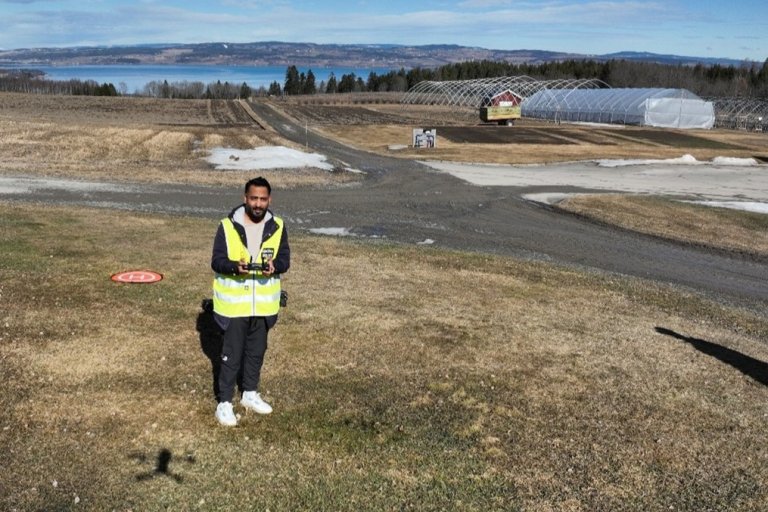
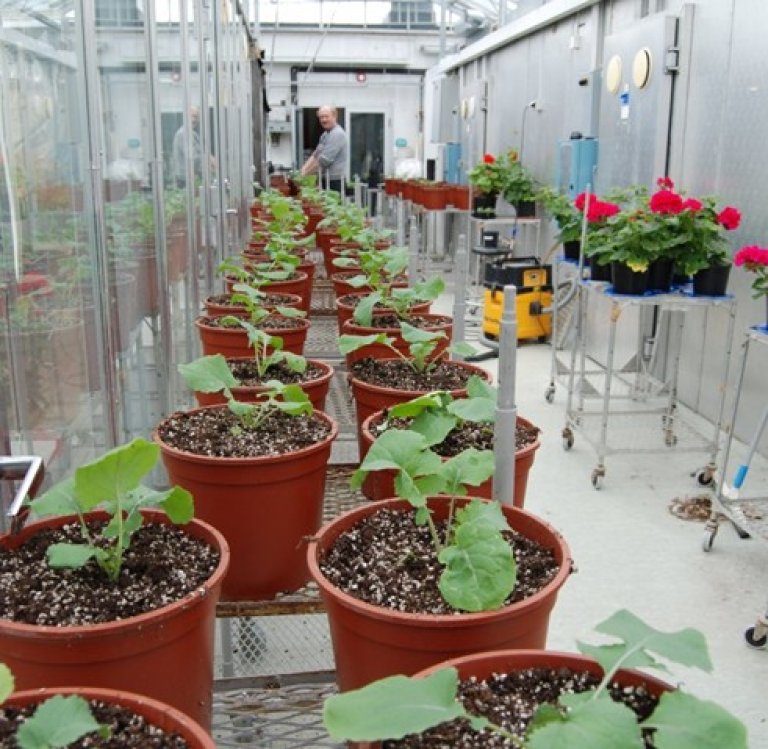
Contacts

Hafeez Ur Rehman
Research Scientist
-
Division of Food Production and Society
(+47) 973 41 884 hafeez.rehman@nibio.no Office Location: Apelsvoll

